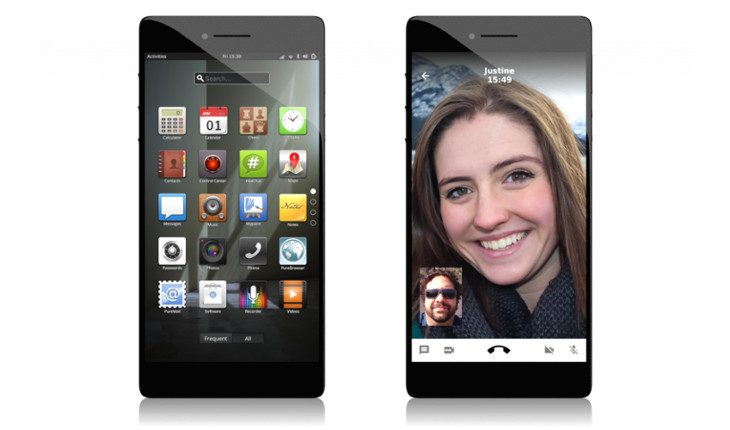Purism – a security and privacy focused freedom-respecting company, adhering to the FSF (Free Software Foundation) philosophy has recently joined forces with KDE in order to create the world’s first commercially viable, completely free and open source smartphone, running a GNU/Linux operating system.
Both projects have recently announced their cooperation, releasing a joint statement in which they stress that the move would benefit both projects as well as users, especially those who advocate free and open-source philosophy, since their product is aiming to deliver just that.
“The shared vision of freedom, openness and personal control for end users has brought KDE and Purism together in a common venture. Both organisations agree that cooperating will help bring a truly free and open source smartphone to the market. KDE and Purism will work together to make this happen.”
While there are other projects out there already boasting at being free and open-source, take Tizen or Sailfish (Jolla) for example, non of which has gone to the extents Purism and KDE are aiming to reach.
How Can Hardware Be Open-Source / Free?
We all get by now how software can be either open source or free or both, however, you might be asking yourselves at this point, how could hardware which may cost a significant sum of money to manufacture can be open source or better yet free?
A short quote taken from Purism’s articles of incorporation may shed some light on the matter:
“The Corporation will release all hardware schematics authored by The Corporation under a free hardware license.”
Free, in this sense, refers to the user’s freedom of using the hardware for whatever purpose one may wish to. For instance, one can resell the hardware or use it for purposes other than originally meant.
Librem 5
In order to make their goal a reality Purism launched a crowdfunding effort which, as of writing this, has already collected about third (1/3) of the funding goal.
The project is called Librem 5 – a 5″ phone running Linux Kernel with PureOS (a Debian derivative) on top of it together with Plasma Mobile serving as the user interface environment.
According to KDE, the cooperation ultimately benefits both sides – KDE gets to try out Plasma Mobile on a device without having to go through all the guesswork of reverse engineering undocumented hardware. While Purism gets to test-run Plasma Mobile on their device and help steer its development so it is fully supported.
This may also result in that Plasma Mobile will become the default interface for the Librem 5, although that decision is ultimately up to Purism to make.








